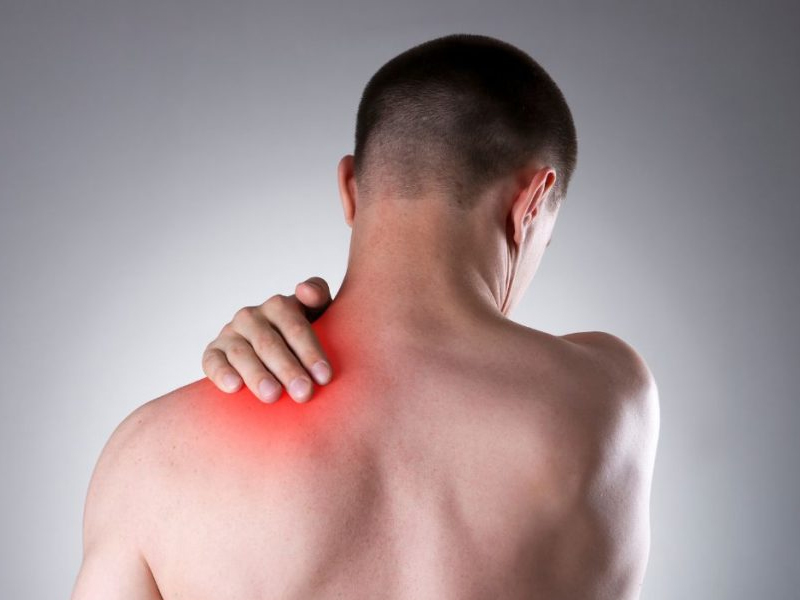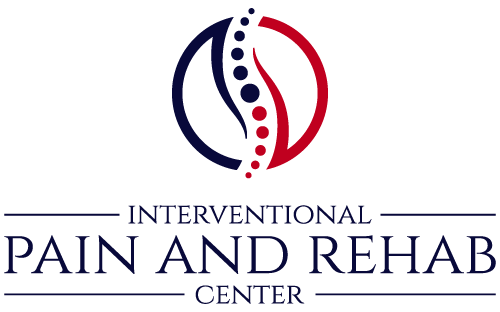Shoulder Pain
Appointment
Fill Out The Form Below
Working Hour
- 8 AM - 5 PM
- 8 AM - 5 PM
- 8 AM - 5 PM
- 8 AM - 5 PM
- 8 AM - 5 PM
- Closed
- Closed

Shoulder Pain
You Can Choose
Pain in the pectoral area, the armpit, the upper arm, the shoulder blade, and perhaps even the neck can all be associated with shoulder pain. Your arm can move forward, backward, to either side, and rotate because your shoulder joint rotates like a ball and socket. It may also twist inside and outward.
The following bones are connected to your shoulder:
- The upper arm bone, or humerus, has the “ball” portion of the joint at its summit.
- Shoulder blade: The shoulder blade is composed of three parts:
- Clavicle: the bone of the collar
Your arm can move because of the shoulder joint since several muscles are attached to it by tendons. Among them are:
- Teres minor, subscapularis, infraspinatus, and supraspinatus
- The lengthy head of the biceps muscle is called the brachii.
- Pectoralis, serratus anterior, and latissimus dorsi
Numerous additional structures must support the shoulder’s broad range of motion. Sturdy connective tissue gives the joint flexibility and stability. The area’s blood vessels guarantee that there is always enough blood available for movement. The impulses sent by nerves enable the movement you want to happen. At the top, outer tip of the humerus is a small fluid-filled sac known as a bursa, which protects and cushions the joint, ligaments, and tendons.
There are numerous ways in which an injury might happen because your shoulder is made up of so many intricate structures that interact to maintain normal function. You can feel discomfort if any of these structures break down or become damaged.
Typical Reasons for Shoulder Pain
Shoulder pain can have a wide range of reasons, both acute and chronic. In order to guarantee that you receive the best possible therapy for your ailment, a correct diagnosis is essential.
One-Time Accidents
There’s a chance that the damage you’re experiencing is related to a single incident. Among them are:
- An unexpected blow to the shoulder can split a bone at the joint and harm nearby blood vessels or nerves. The most prevalent causes of fractures include severe falls, sports injuries, and auto accidents.
- When the humerus is forced out of its socket, a dislocation happens. Serious falls and car accidents also result in this injury. There may be injury to the nearby muscles and ligaments.
- A sprain is caused by either stretched or torn muscles or ligaments. Excessive pressure on your muscles and ligaments might result in these injuries.

Wear and Tear Damage
Your shoulder may experience considerable wear and tear from repetitive actions. These can be quite painful injuries that frequently result from sports or work conditions. Typical instances of injuries caused by repetitive movements include:
- It is possible for the bursa to swell and fill with fluid, which would cause redness and discomfort. Overuse or joint trauma can also cause damage to the joint. The outside of the arm-shoulder joint hurts as a result.
- Overuse or excessive lifting can cause impingement or injury to the tendons in your shoulder, resulting in excruciating inflammation.
- The labrum is the shoulder joint where cartilage injury occurs most frequently. By serving as a cushion, the cartilage in the joint enables easy mobility between the glenoid and the humerus.
Nerve Damage
Although rare, nerve damage in the shoulder can happen as a result of:
- Usually caused by nerve compression, it is often associated with numbness, tingling, or burning sensations that can extend down to the arm and hand.
- Pain in the neck, shoulders, and arm on the afflicted side may result from compression of the brachial plexus, a bundle of nerves that runs from the neck to the shoulder region, between the neck and the armpit. Typically observed in individuals with anatomical predispositions.
Arthritis
Shoulder joint inflammation can give rise to arthritis, which progressively worsens discomfort and stiffness. The following are the most typical forms of arthritis that affect the shoulder:
- Rheumatoid arthritis is a painful and swollen condition that arises when your immune system attacks your joints.
- When the cartilage in your shoulder deteriorates and the bones start to scrape against one another, you get osteoarthritis.
Therapy for Pain in the Shoulders
Whenever feasible, we at the Denver Spine and Pain Institute advise conservative therapy. Treatment options for your shoulder pain may vary depending on what’s causing it.
- Physical therapy aims to increase range of motion, reduce pain, and treat any underlying musculoskeletal issues that may be causing your shoulder pain.
- Short-term symptom relief can be achieved with anti-inflammatory drugs and muscle relaxants, which will facilitate your participation in physical therapy.
- Injections may offer longer-lasting symptom relief if medicine and physical therapy alone are insufficient to relieve your symptoms. Using imaging guidance, our doctors will try to determine the most likely source of discomfort and inject medication into that location.
- Stem cell therapies and platelet rich plasma (PRP) are examples of regenerative medicine therapy.
Surgery can be required if these conservative measures are insufficient to relieve the patient’s symptoms. Before your surgical consultation, our staff will conduct all necessary diagnostic testing to pinpoint the exact source and location of your discomfort. Your surgeon will be able to arrange your procedure with the help of these diagnostic tests.
Regaining a Life Free of Pain
Your quality of life can be greatly impacted by chronic shoulder pain, which can make it difficult to carry out everyday activities and regular duties. Thankfully, this agony is no longer something you have to endure. We provide the most cutting-edge therapies at the Denver Spine and Pain Institute to relieve your shoulder pain and restore your quality of life.
- A comprehensive range of services, including doctors, physical therapy, massage, counseling on diet and lifestyle, behavioral health, research, and state-of-the-art treatment alternatives
- Forming healing and caring connections that cater to your individual needs
- Talking through your options and giving you the direction you require from a committed healthcare partner
- Assembling a knowledgeable group to manage your care program
